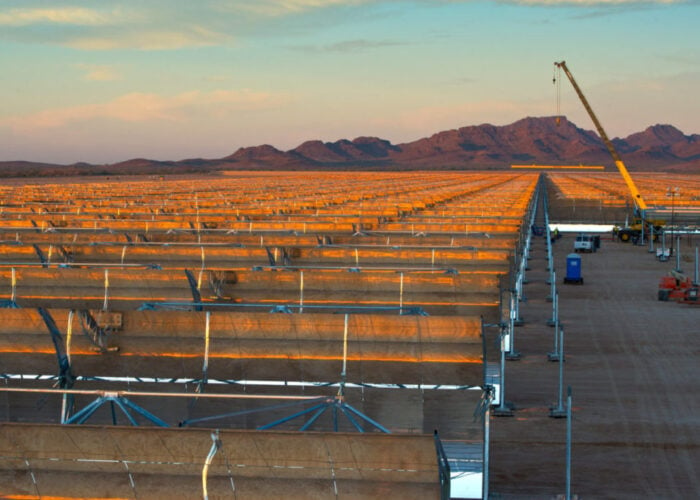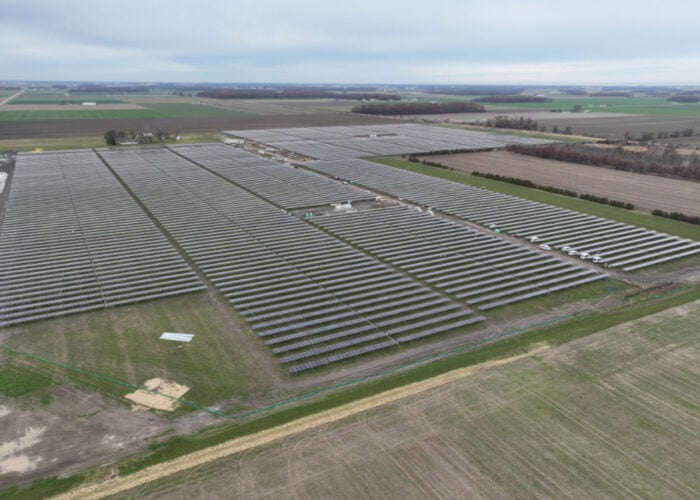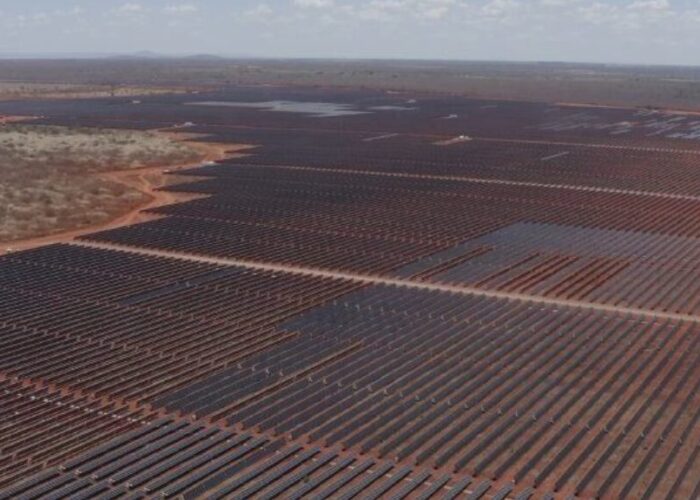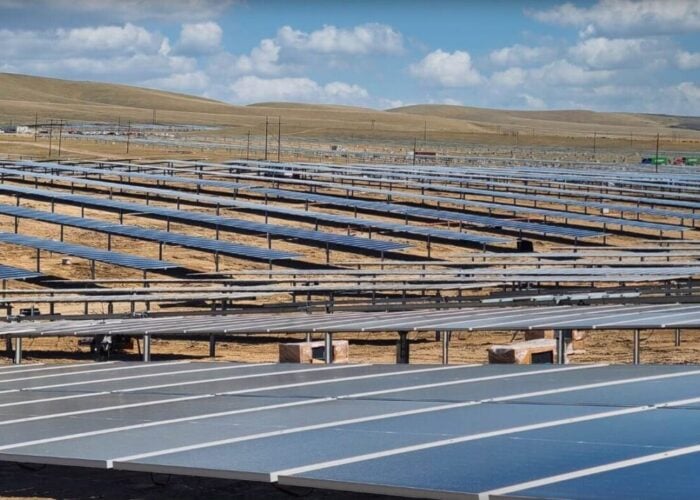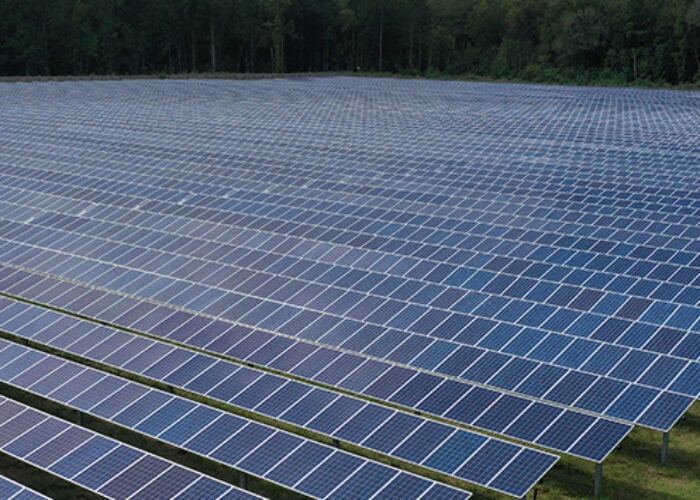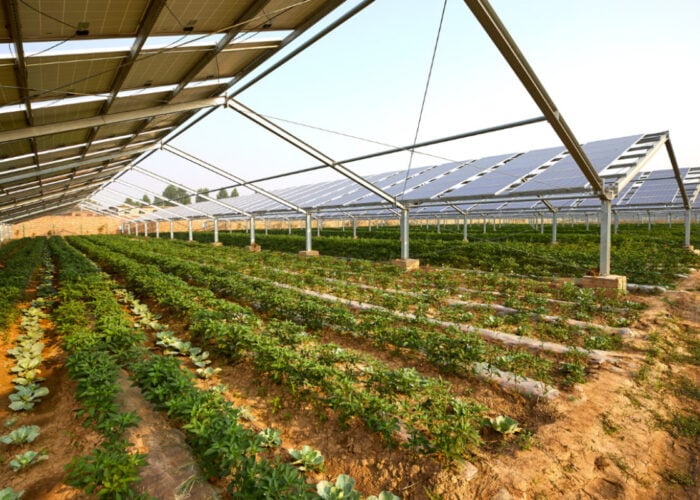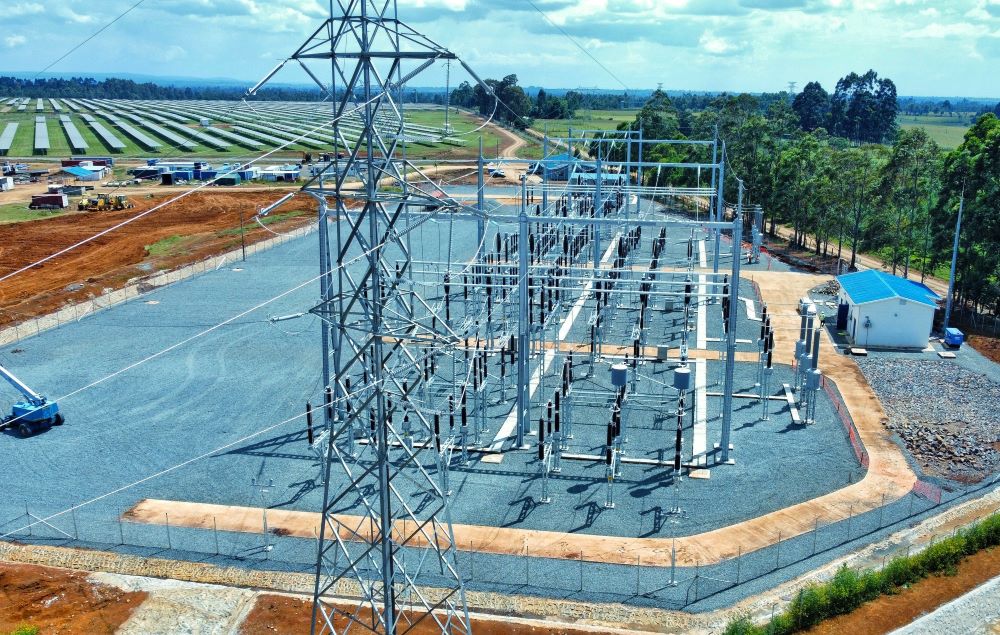
A joint venture involving the Emerging Africa Infrastructure Fund (EAIF) has announced that its 40MW Kesses solar project in Kenya has started operations.
Alongside the EAIF, the backers include the Private Infrastructure Development Group, the Standard Bank Group, Stanbic Bank Kenya and Alten Kenya Solarfarms, a range of groups based in Africa and further afield, making the investment a global project. The groups invested US$87 million into the project, and electricity generated at the facility will be sold to the Kenyan grid as part of a 20-year power purchase agreement signed between Alten and the Kenya Power and Lighting Company.
Unlock unlimited access for 12 whole months of distinctive global analysis
Photovoltaics International is now included.
- Regular insight and analysis of the industry’s biggest developments
- In-depth interviews with the industry’s leading figures
- Unlimited digital access to the PV Tech Power journal catalogue
- Unlimited digital access to the Photovoltaics International journal catalogue
- Access to more than 1,000 technical papers
- Discounts on Solar Media’s portfolio of events, in-person and virtual
Or continue reading this article for free
“We are thrilled to see Kesses in action, further cementing Kenya’s status as a global renewable energy leader,” said Sine Zulu, an investment specialist at Ninety One and a fund manager at the EAIF. “Africa leads the world in solar energy potential, and more projects of this type are needed to ensure we meet the continent’s growing demand for energy without compromising greenhouse gas emissions.”
The start of work at Kesses is the latest milestone in Kenya’s growing solar power sector. According to the country’s Energy and Petroleum Regulatory Authority, Kenya had four operational solar facilities prior to the start of work at Kesses, with a combined capacity of 170MW, so the new project will make a significant contribution to the country’s solar sector.
More broadly, the authority notes that in 2022, 86.98% of the energy generated in Kenya came from renewable sources, up from 77% in 2019, according to the International Renewable Energy Agency. A wave of recent foreign investments into Kenyan renewable power could demonstrate stakeholders’ interest in both decarbonising the country’s energy mix, and ensuring energy security in the long-term as the world moves away from fossil fuels.
“Kenya is a global leader in renewable energy generation,” added Jorge Hernández Moro, head of asset management at Alten, the Spanish independent power producer responsible for the construction of the Kesses plant.
“Projects such as Kesses will push the country towards achieving 100% clean energy generation by 2030, helping sustain Kenya’s economic progress and accelerate recovery from pandemic-induced losses, global supply chain disruption and rising inflation. This contributes to a more sustainable and inclusive future for the region.”

